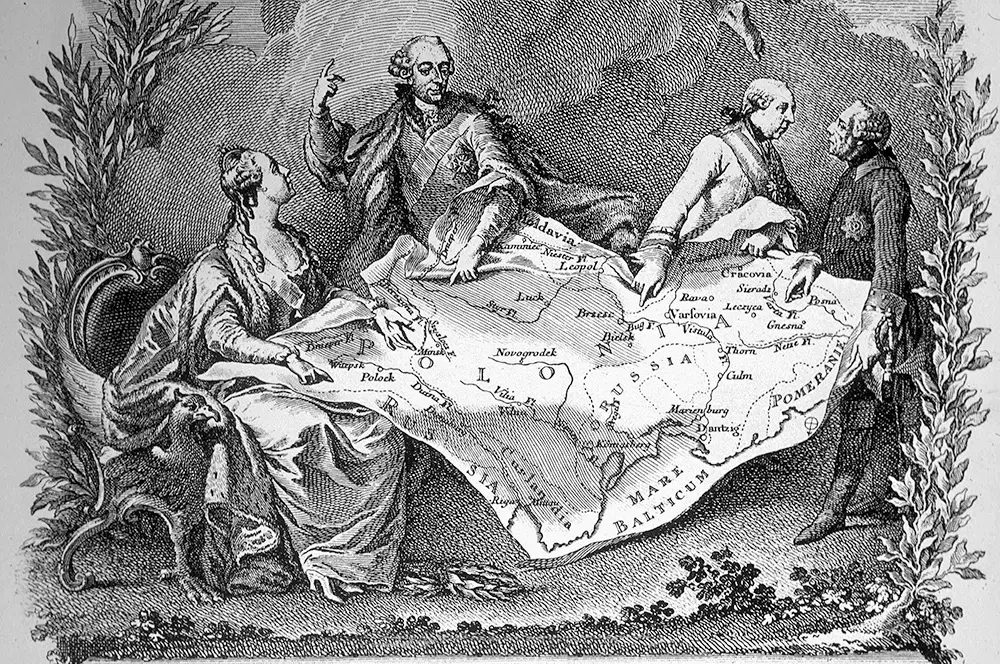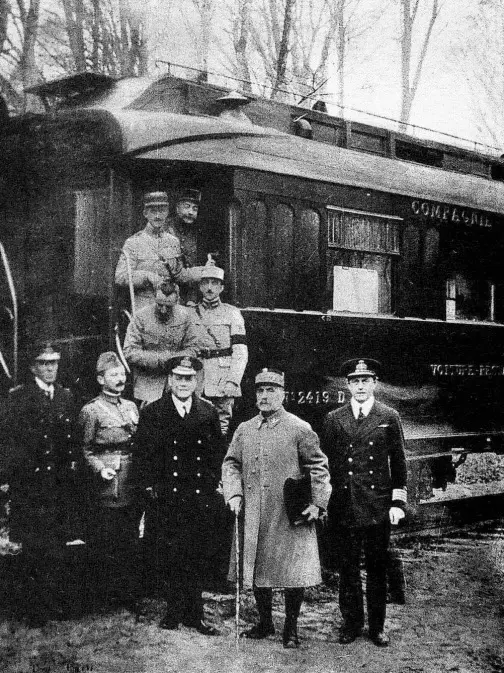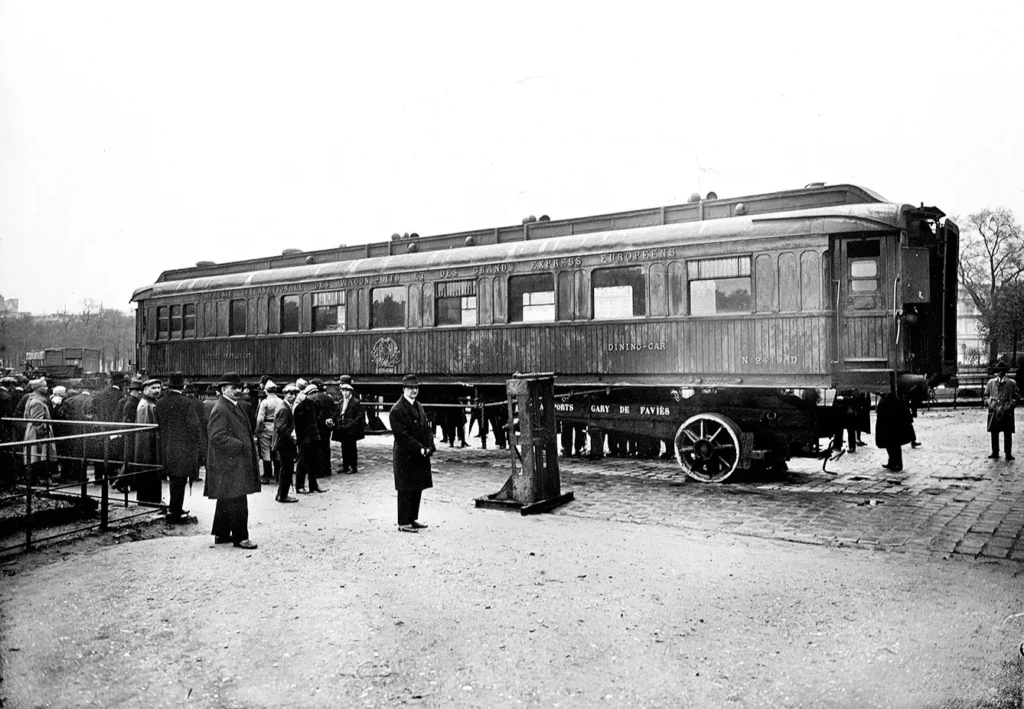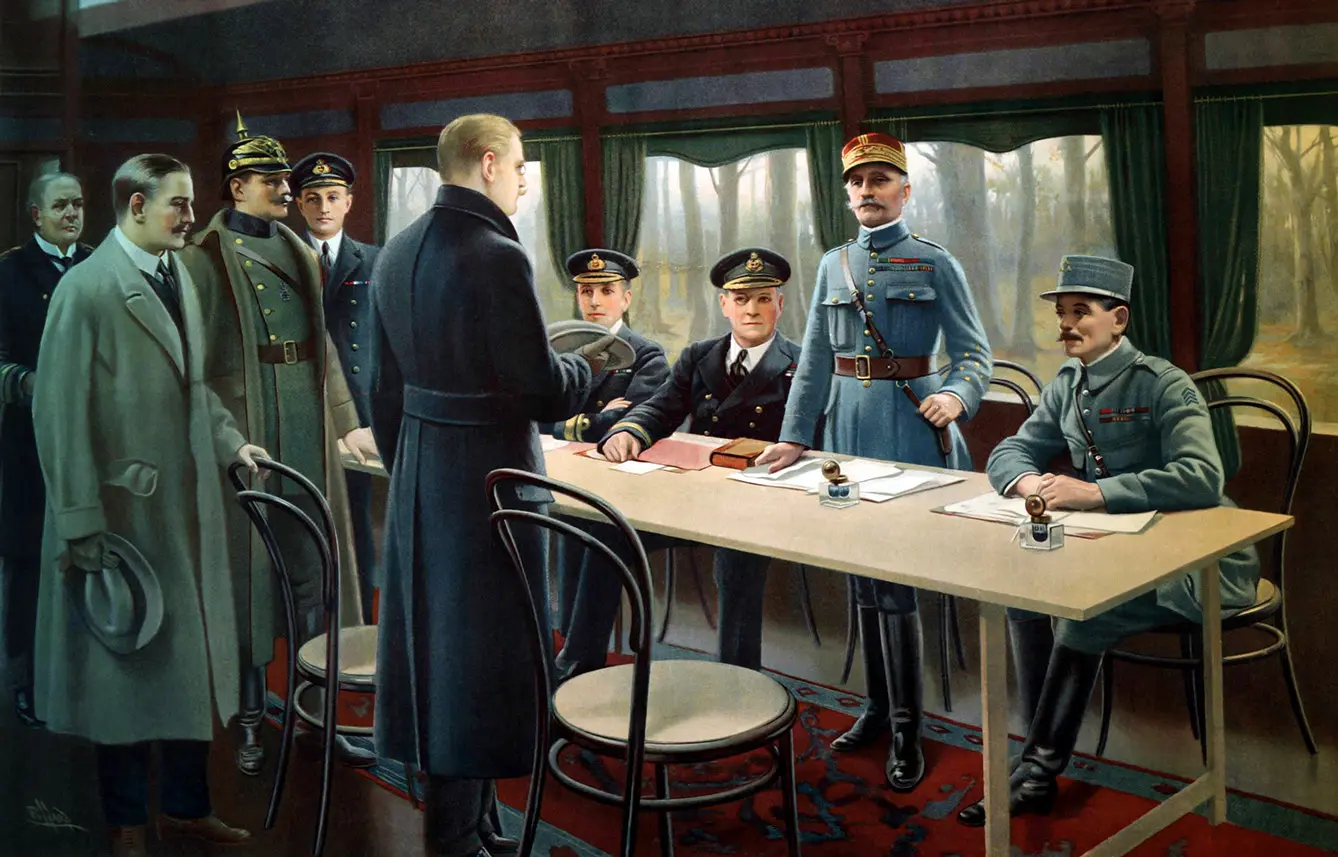It may seem a little crazy to realize most contemporary European countries could not be found on the map prior to November 1918 (We’ll do the math for you – that’s just 105 years ago, going on 106). On that day, the First World War was officially over, although some independence and peace treaties had been agreed upon before that day. But what did it also irreversibly finish in Europe?
November 11: The day the age of empires ended
That’s probably the simplest way to put it. The Austro-Hungarian Empire, the Kingdom of Prussia (part of the German Empire), and the Russian Empire have been monopolizing and dictating the politics of Central and Eastern Europe since the 1772 partitions of Poland (although, technically, at that point, it was just Austria – Hungary “joined” the realm in 1867). It takes just one glance at the map to see these three powers were ruling over the majority of the region of the Central European countries.

But where were the nations, you may ask? Did they also unite themselves in the early 20th century? Hardly. Larger and stronger states might have swallowed the lands, but the nations living in these lands were well aware of their identity and cultivated their national cultures with enormous effort, sometimes paying a steep price for keeping their heritage alive.
The countries can be divided into three categories: those that have returned to the map after the War; those that have since disappeared from the map; and those that made their first appearance. Ok, so let’s take a look at which ones belong to which group. Or maybe you already know?
Countries that have returned
As a result of the First World War, Poland made its grand reappearance on the European map. Once a great kingdom united with Lithuania, it ceased existing for 123 years. Poland is also the only country to celebrate it as a national Independence Day in contemporary Europe. Lithuania could be counted in this same category. However, as a sovereign state in the current understanding of the term, it could be easily thrown into the category of countries making their cartographical debut. Hungary was another returning player after forming the Empire with Austria. All of them can be found on the maps in the post-First World War reality.
The Newbies
While the above nations had the luck to have already left their mark on the history of Europe, some were patiently waiting for their turn. Such was the case with Latvia and Estonia. Until the end of the First World War, these brave nations were living under stronger powers and had seen many foreign rulers dictating their laws. Finally, the November of 1918 brought them liberation. It allowed Estonia and Latvia to form their own sovereign states, where the people could proudly manifest their heritage without anyone telling them how to live.





The great absent ones
The peace treaty of 1918 was the beginning of states that have since disappeared from the maps. Czechoslovakia united the nations of Czech and Slovaks and remained on the maps until its peaceful dissolution in 1993. The state of Slovenes, Croats, and Serbs should be awarded the title of one of the shortest-lived states in the history of the world. Founded officially on 29 October 1918, it was reshaped just 33 days later before reaching any international recognition. Therefore, the state to be credited on the earliest post-First World War Maps is the Kingdom of Serbs, Croats, and Slovenes. You may be more familiar with the term Yugoslavia, to which King Alexander I of Yugoslavia renamed the country in October 1929. The state was divided into today’s Croatia, Slovenia, Montenegro, Bosnia and Herzegovina, and Serbia after the war in the early 1990s.
A day to remember
At precisely 5.20 am, on 11 November 1918, was a day to go down in the history of many European nations. The Armistice signed near Compiègne in France allowed Europe to regain hope and heal from the wounds of destruction suffered in one of the bloodiest military conflicts in the history of the world. The armistice took effect at 11:00 hours Paris time. Hence you can find it being referred to as “the eleventh hour of the eleventh day of the eleventh month.” Shame the joy did not last long enough, and only 21 years later, the horror began all over again. But that is another story.







